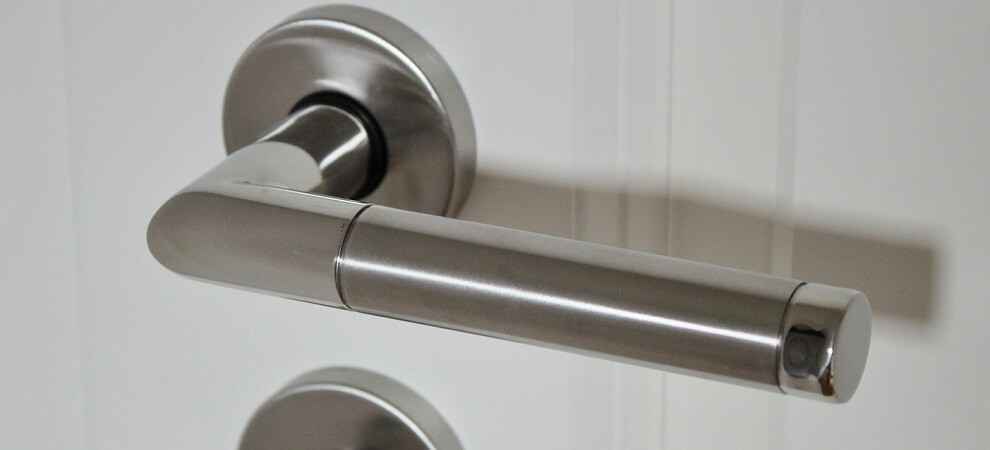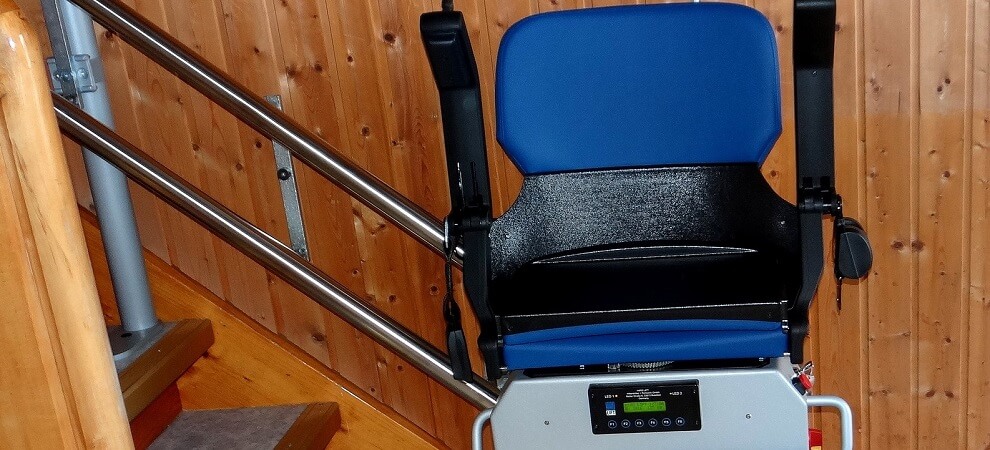We all want to stay safe at home. It is meant to be a place of safety and comfort. Sometimes, you might find that your home starts to become a danger itself. Frayed carpets and slippery floors mean that accidents happen. Falls, especially, are amongst the most common accidents experienced in the home. With that in mind, we have put together this guide of 10 ways to help you stay safe at home.
1. Home Security
As well as everyday hazards like tripping on loose tiles or bumping into furniture, staying safe includes keeping your home secure from outside threats. This could include unsavoury sorts such as burglars. Although most areas are perfectly safe, there are still plenty of dangerous opportunists looking to make some quick cash.
Fortunately, it is easy enough to make sure your home is secure. As well as locking your doors – especially at night – you may want to invest in a home alarm system. If someone tries to break in, the ringing of a burglar alarm is sure to scare them away. Some systems will also call the Gardaí.
2. Key Safes
Another, slightly simpler way of keeping your house secure is to invest in a key safe. These are small lockboxes, usually attached to your wall, that contain a spare key for your house. They are much safer than simply hiding a key under the doormat. The only people with access will be those with the correct code, which is great for staying safe at home.
By having a key safe in place, you are free to keep your door always locked. Your guests will be able to enter without you having to get up and let them in. This adds an extra level of safety, as it will reduce the likelihood of a fall. Furthermore, should you require emergency assistance, a key safe may help the emergency services to quickly access your home.
When you order a personal alarm from LifeConnect24, we ask that you provide us with the code to your key safe – if you have one. In an emergency, this allows us to pass on your key safe code to the emergency services if they are needed, allowing them to provide help quickly.
3. Adequate Lighting
Sometimes our eyes are just not as good as they used to be. If lights are not bright or well-placed enough, you might fail to notice obstacles. One thing out of place in your living room could become a trip hazard.
An easy way of rectifying this is to make sure you have good lightbulbs fitted. A high-quality energy saving bulb can easily provide all the illumination your house needs. If you have some areas of the house that do not receive much light, consider investing in small lamps. There are some affordable cordless options on the market that can be fitted to your walls. You could even purchase motion-sensitive lighting.
4. Handrails
When moving around the house, you may find that you need some extra support. You may occasionally struggle to get from one room to another, or experience a dizzy spell on the stairs. In situations like these, a handrail can make all the difference.
As well as making falls less of a worry, a handrail in the bathroom can make it easier to get back on your feet after a bath. Many come with non-slip covers to help you get a better grip, which is especially helpful if your hands are wet.
5. Stair Lifts
If you find that you are struggling to get up and down the stairs, but you do not want to move to a new house, stair lifts are an ideal solution. These are moving seats fitted to your stairs. They are great for most homes as, generally speaking, they will not block your stairs.
Stair lifts are also incredibly safe, being held to multiple safety standards. They are rigorously tested before being made available to the public. Most come with seatbelts to keep you secure, and all stair lifts are speed restricted to eliminate the risk of you being jostled around.
6. Securing Mats
A loose piece of carpet, or the curling corner of a mat, can create a dangerous trip hazard in your home. You should always be aware of where your floor coverings are and what condition they are in. If you notice that your carpets are getting worn or coming loose, consider replacing them.
Alternatively, there are products available that reduce these risks. You may want to tape the edge of your mats to the floor to prevent them from curling. There are also special thin mats on the market that can be placed under your existing ones to stop them from slipping out of place.

7. Handles
Look at the door handles around your house. How many of them are round knobs? You may find that handles like this are harder to use, especially if you have arthritis. If you can, consider replacing these with lever handles, like the one shown in the picture above.
These handles allow you to get a stronger grip when opening doors. This in turn will make it easier for you to get around and stay safe at home. You will not have to worry about getting stuck in a room, especially if you have a fall. They will also make it easier for help to reach you should it be required.
8. Spacious Rooms
One of the main dangers in any house is obstacles. Too many possessions or pieces of furniture may make it difficult for you to move around freely. Instead, you should make sure the main area of any room is open. You should be able to walk through without having to shuffle around anything.
The most important thing is to make sure all walkways are free of obstacles. This includes electrical cables. If you find that these are getting difficult to manage, cable ties are a great option for tidying them up. Getting rid of trip hazards is one of the best ways to stay safe at home.
9. Clothing and Footwear
It may seem silly, but a lot of household accidents are caused by clothing choices. When cooking in the kitchen, a loose sleeve may rest on the hob and catch alight. Similarly, dangling bracelets could catch on objects around the house, pulling you off-balance. Some types of footwear may be more likely to slip or catch on mats.
To stay safe at home, make sure you are wearing suitable clothes. Make sure there is plenty of grip on your shoes and that your jewellery is not too loose. Safer clothes will make you feel more confident about moving around the house.
10. Lifeline Alarm
One of the best ways to make sure you are safe at home is to install an emergency alarm system. Our Lifeline Alarms are accredited by the Telecare Services Authority, so you can count on us to look out for your wellbeing.
At the press of a button you will be put in touch with our 24/7 Response Team. They will talk to you to find out what support is required, and then communicate with your emergency contacts and the emergency services, if needed.
Our alarm pendants are waterproof, wireless, and lightweight, making them ideal for use around the home. They will still work even if you are doing some work in your garden. This means you can remain confident that you are safe at home, no matter where you are in the house.
LifeConnect24 also provides key safes, like those mentioned in this article.
For more information on our Lifeline Alarms, call our friendly customer service team on our toll-free number – 1 800 937543 – or fill in our simple form.
Editor’s Note: This article was updated on 14th December 2023 to reflect current information.





